2019 - United Nations international year of the periodic table of chemical elements
, 14 January 2019
In recognition of this Amgueddfa Cymru – National Museum Wales will be running a series of monthly blogs, each one covering a different chemical element and its significance to Wales. Look out for these throughout the year on our website.
To start off our series of blogs, for January we have silver.
Silver (chemical symbol – Ag), atomic number 47, is one of the original seven metals of alchemy and was represented by the symbol of a crescent moon. Silver is a precious metal, but it has never been as valuable as gold.
In Wales, silver has played an important role in the history of Wales, but this is often forgotten. In the northernmost part of Ceredigion (the old county of Cardiganshire) near to the village of Goginan lie a number of disused mines which were some of the richest silver producers in the history of the British Isles. The Romans almost certainly had a part to play in the discovery of the metal-rich mineral veins, but it was Queen Elizabeth I who oversaw their development as silver mines.
It is reported that the first rich discovery of silver was made at Cwmsymlog (sometimes written as Cum sum luck in historical records) mine in 1583 by Thomas Smythe, Chief Customs Officer for the Port of London. It is much more likely that it was discovered by Ulrich Frosse, a German mining engineer experienced in silver mining who visited the mine at about the same time and advised Smythe. During the reign of Elizabeth I it is estimated that 4 tons of silver was produced from the Cardiganshire mines.
King James I and King Charles I both made handsome profits from the mines (producing 7 and 100 tons of silver respectively), so much so that in 1638 Charles I decided to establish a mint nearby at Aberystwyth Castle. Its success ultimately led to its destruction by Oliver Cromwell and the Parliamentarians during the English Civil War in 1646.
Amgueddfa Cymru holds examples of the many silver coins minted at Aberystwyth. Their characteristic feature is the three feathers on both sides of the coin. The addition of a small open book at the top signifies that the silver was produced by Thomas Bushell from the Cardiganshire mines on behalf of the Company of Mines Royal.
Maps and mine plans produced to market the silver mines to investors are some of the earliest to have been made in Britain. The Library at AC-NMW holds several versions of William Waller’s maps produced for the Company of Mine Adventurers in 1693 and 1704 as well as Sir John Pettus’ Fodinae Regales published in 1670.
One of the mines, Bwlch-yr-eskir-hir [Esgair Hir], was much hyped as the Welsh Potosi and from the silver was produced a silver ewer inscribed ‘The Mines of Bwlch-yr-Eskir-hir’, c.1692. The mine was, however, a failure. The quantity of silver produced never lived up to expectations, but this was more to do with the geology than mining methods. It is perhaps better known as the site involved in a legal case against the Crown’s control over precious metals. The case, brought by the landowner Sir Carbery Pryse in 1693, ended the tyranny of the Mines Royal.
Productive silver mining continued in north Cardiganshire, firstly, under the Company of Mine Adventurers and then through the Industrial Revolution by a number of private companies. Total silver production within this part of Wales exceeded 150 tons of silver metal.
Remarkably, it took until the 1980s for geologists to identify the mineral responsible for the high concentrations of silver in the small area of Wales. It is tetrahedrite – a copper, zinc, iron, antimony sulphide mineral - within which silver can replace some of the copper, zinc and iron. At Esgair Hir mine tetrahedrite has been recorded as containing up to 18 wt. % silver. Important ore specimens used during the identification of this mineral are preserved in our geological collections at the Museum.
Naturally occurring silver metal – known as native silver – does not occur in visible concentrations in any of the Welsh mines, but the Museum holds some of the world’s finest examples in its mineral collection. The specimens, from the Kongsberg mine in Norway, are exceptional in their quality and were acquired during the 1980s as part of the R. J. King collection.


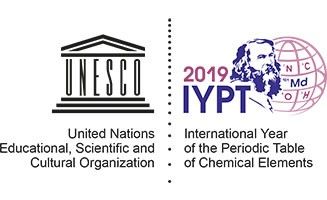
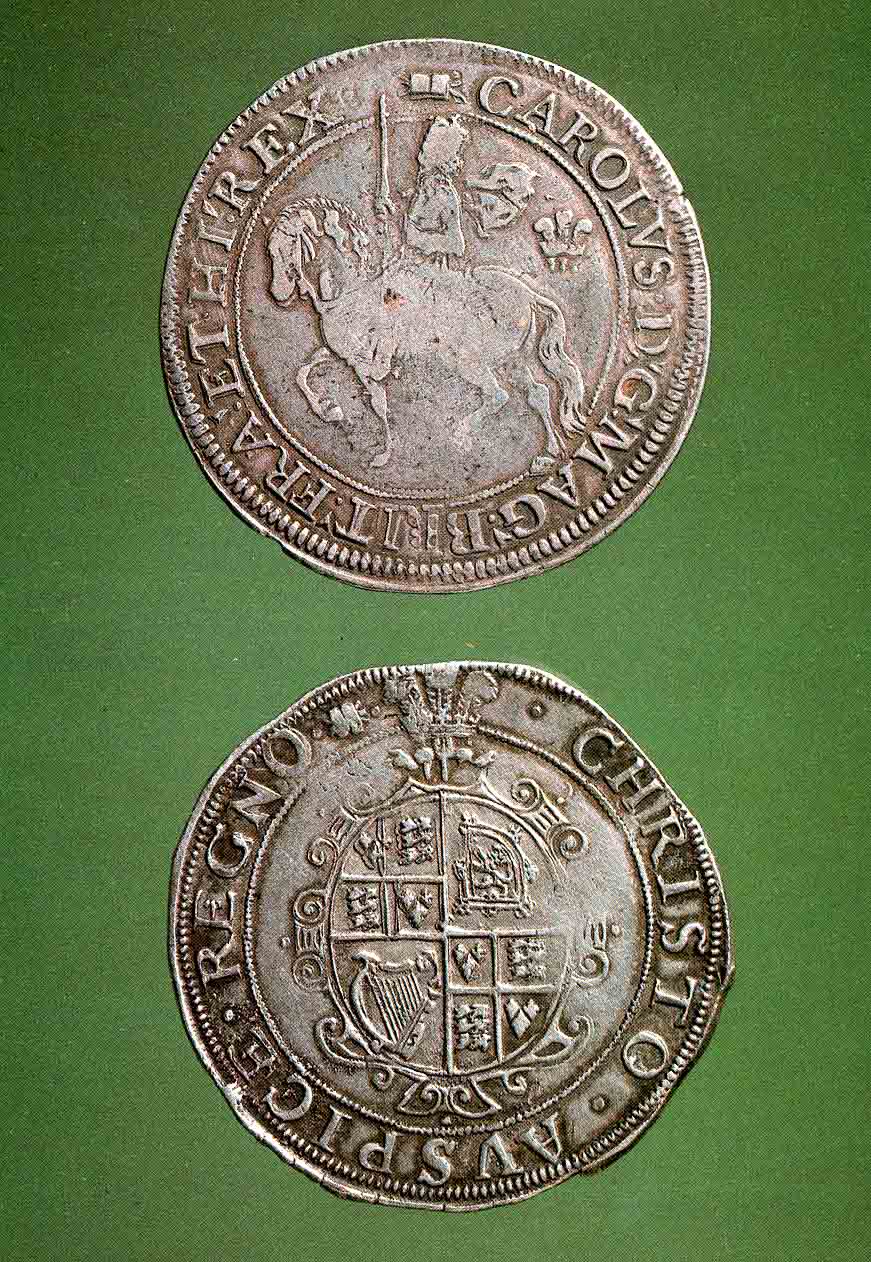
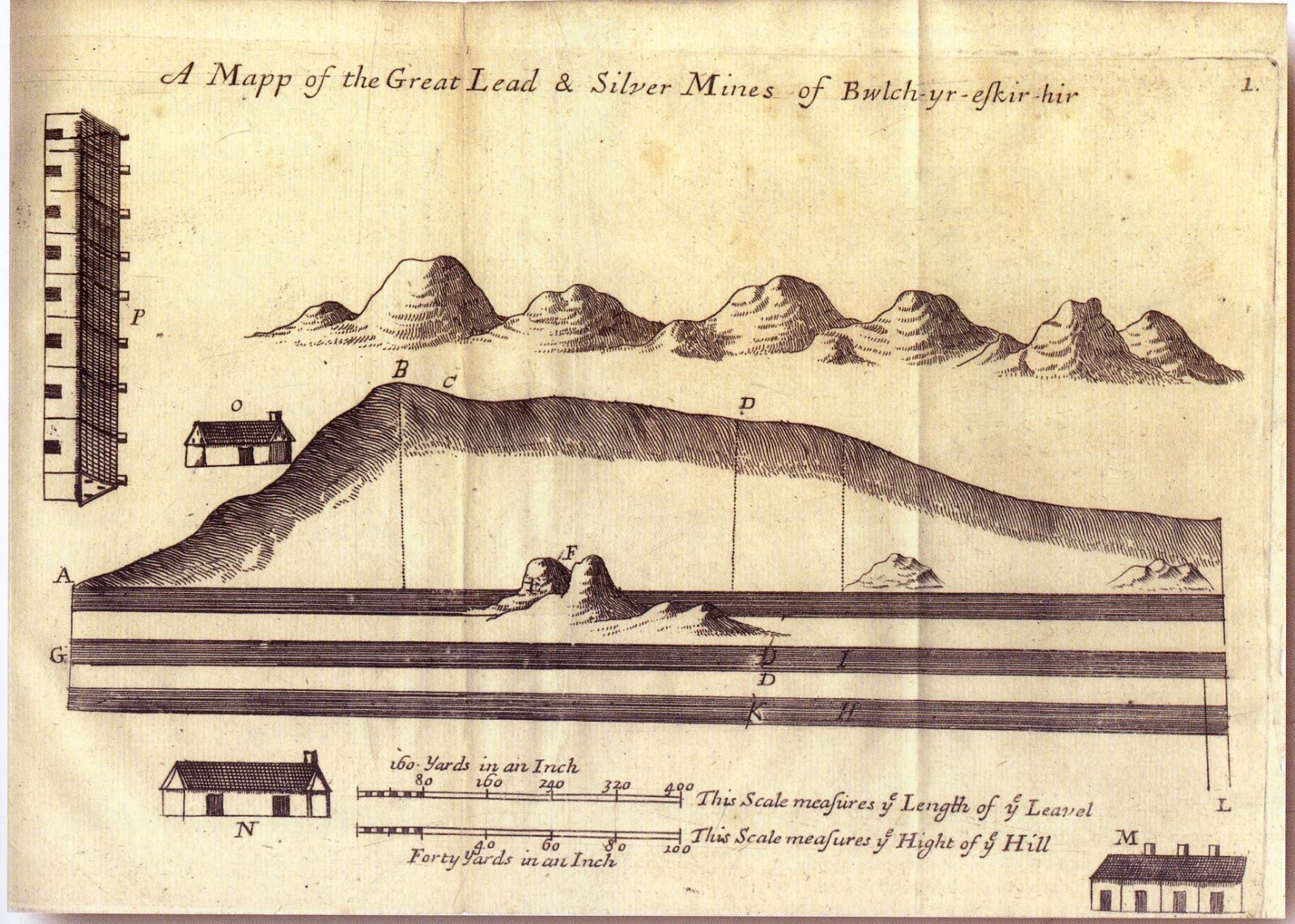
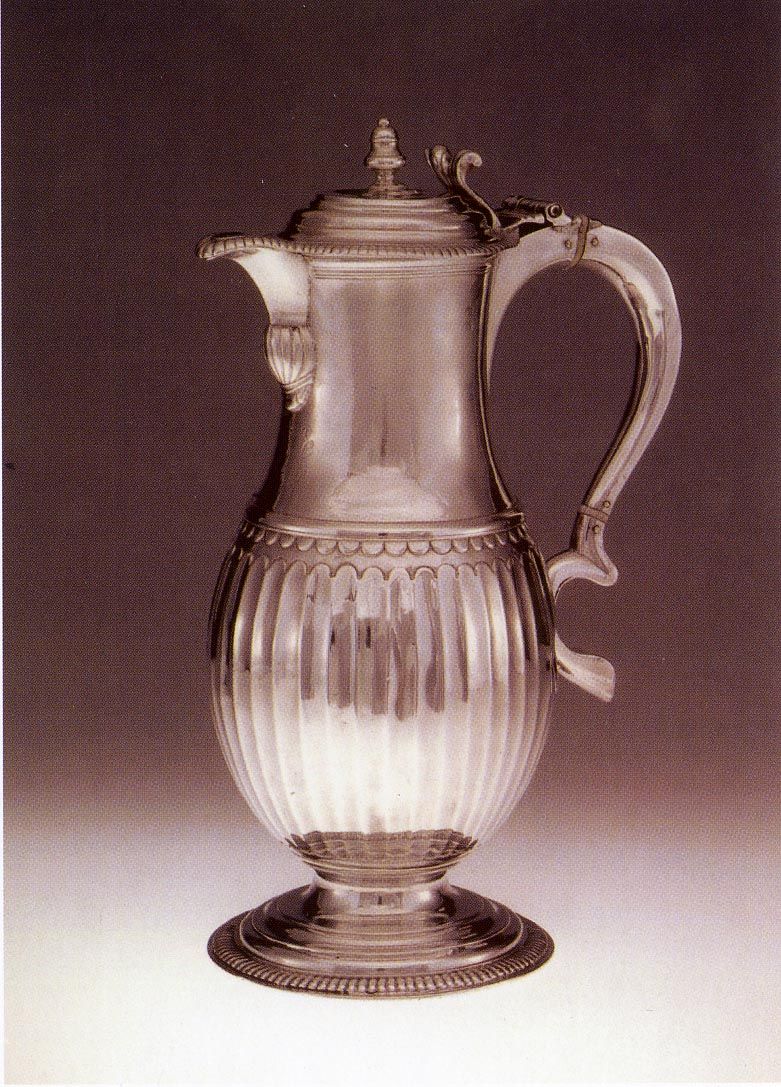
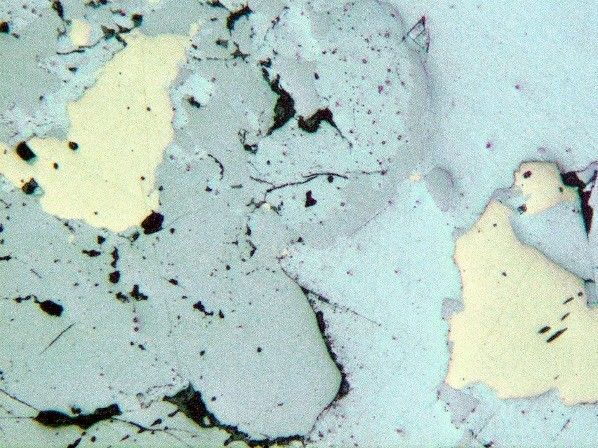
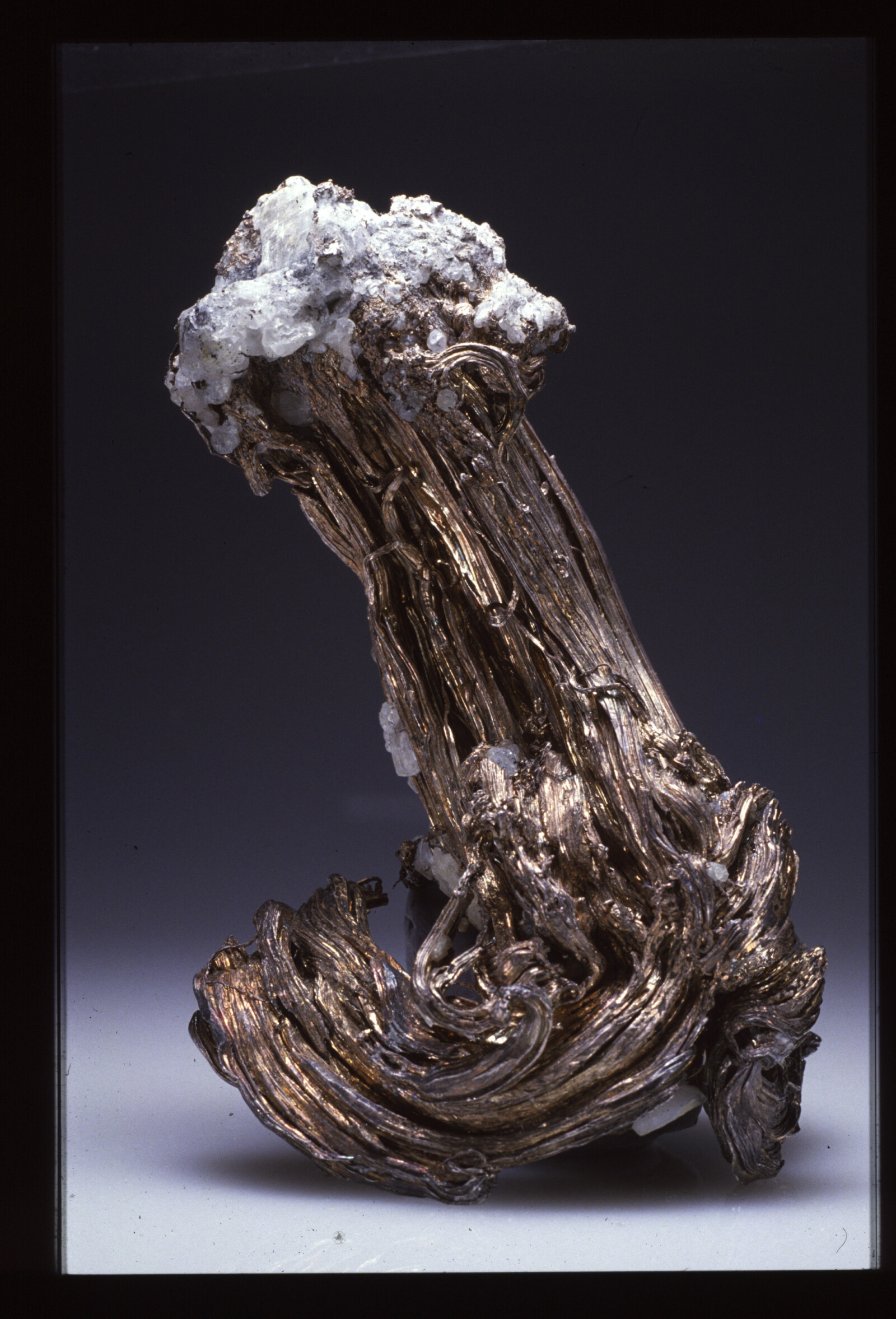
Comments - (1)
:) ;) :)